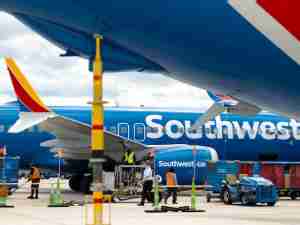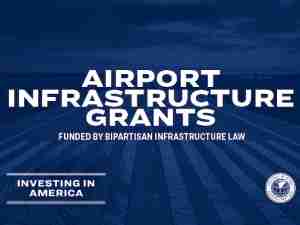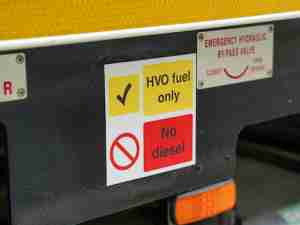The plunge in air-freight capacity is reshaping how key supplies are shipped between Asia and Europe.
With passenger planes increasingly grounded around the world, the amount of available air-cargo space shrank 23% in March from a year earlier, the International Air Transport Association said this week. That’s driving up the price of charters needed to haul essential goods, prompting IATA Director General and CEO Alexandre de Juniac to urge governments to cut “red tape” to allow more flights.
Enter companies like InstaFreight GmbH to spot an opportunity to alleviate the capacity crunch. Run by a former consultant at Bain & Co. and financed in part by Royal Dutch Shell’s venture arm, the Berlin-based freight forwarder has started using its online booking platform to link truckers with German companies needing supplies from China — a nearly 6,000-mile journey that’s roughly twice the road trip from New York to Los Angeles.
The new route winds through Kazakhstan, Mongolia, Russia, Belarus and Poland before ending in Germany. Scores of trucks are already underway and hundreds more are about to embark on the three-week odyssey traversing parts of China’s Silk Road project, according to InstaFreight.
The convoy is just one example of how the health crisis is rewiring the circuitry of global trade.
Passenger airlines are expecting their weak prospects will last long after the coronavirus pandemic is gone, saying their short-term financial struggles are just the start of structural problems the industry might suffer through for years. Those problems are spilling over into air cargo, with IATA’s de Juniac saying “the need for financial relief for airlines by whatever means possible remains urgent.”
The result of the Covid-19 crisis may be “fundamental changes to the air-freight industry,” said Timo Stroh, an executive at Dachser, one of Germany’s biggest logistics companies. He sees the future striking a balance in multimodal transport — air, sea, road and rail — to ensure industrial supply chains stay intact.
Charting the Trade Turmoil
Using technology that tracks automobiles and freight trucks, Inrix Research says U.S. traffic for personal use is down 46% since early March as Americans stay home during the pandemic, while truck movement is down just 13%. That’s relieving congestion in typically gridlocked cities like San Francisco and Los Angeles, where average travel speeds are up near 50%.









